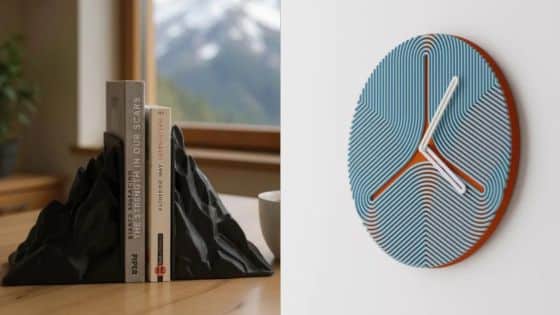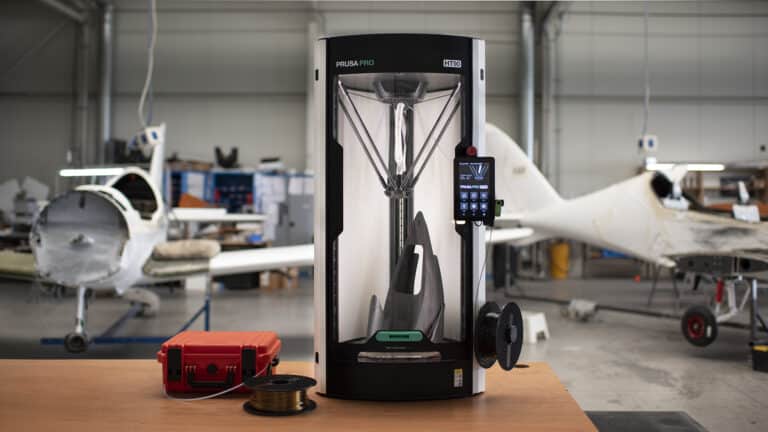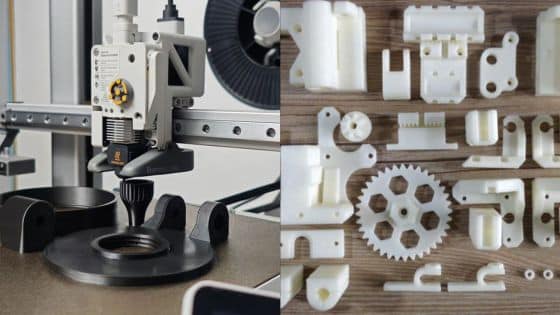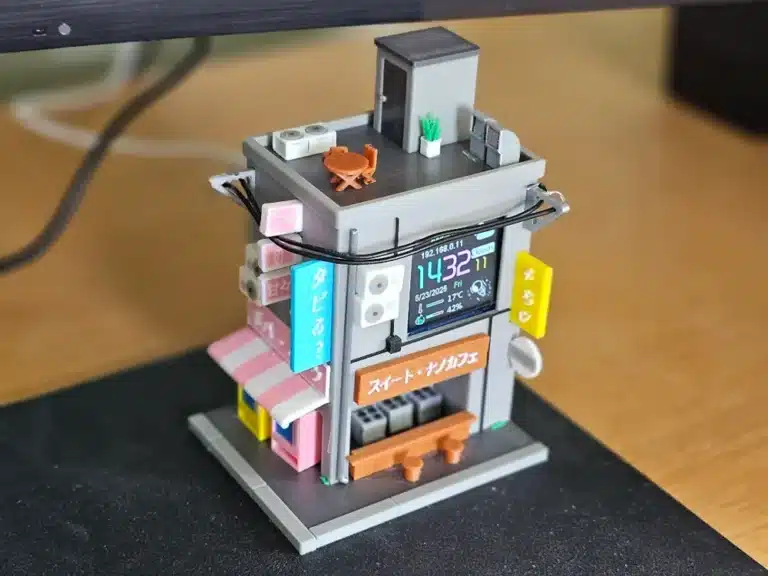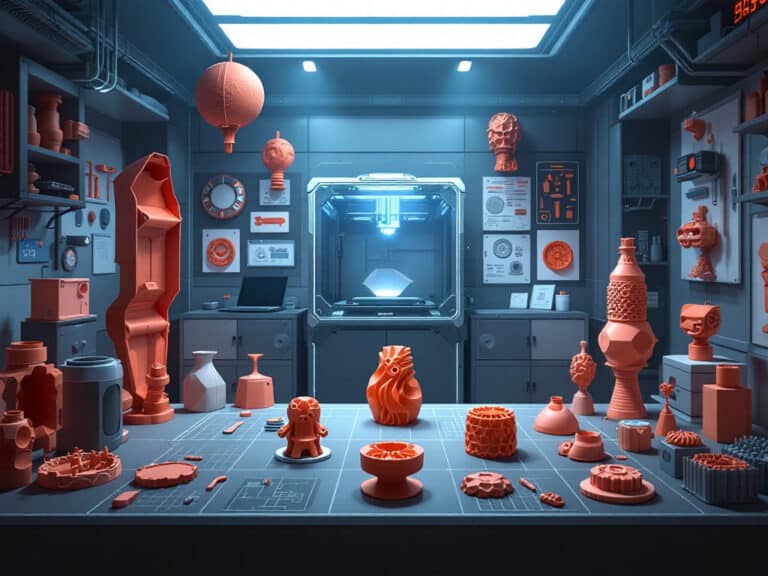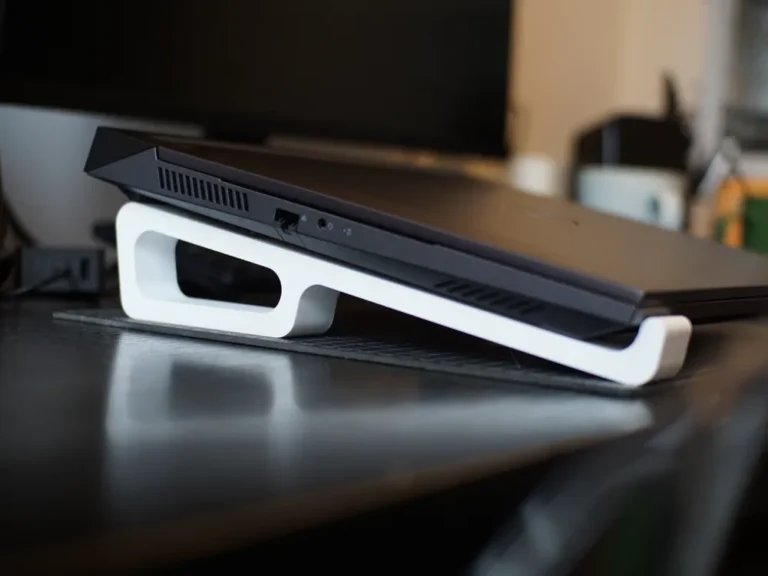3D printing is making it possible to customize your bathroom with unique and useful accessories that fit your needs and style. With a 3D printer, you can create tailored solutions such as soap dishes, toothbrush holders, and storage organizers that are difficult to find in stores. This lets you upgrade your space efficiently and add a personal touch.
You can choose from a wide variety of designs online or create your own, ensuring your accessories match your decor and fit your bathroom perfectly. As more people look for custom solutions and want to make the most of their space, 3D printed bathroom accessories are becoming a practical and attractive option.
Key Takeaways
- 3D printing allows you to create custom bathroom accessories.
- Many popular designs and solutions are available for you to print or personalize.
- Printed accessories can be seamlessly integrated into your bathroom decor.
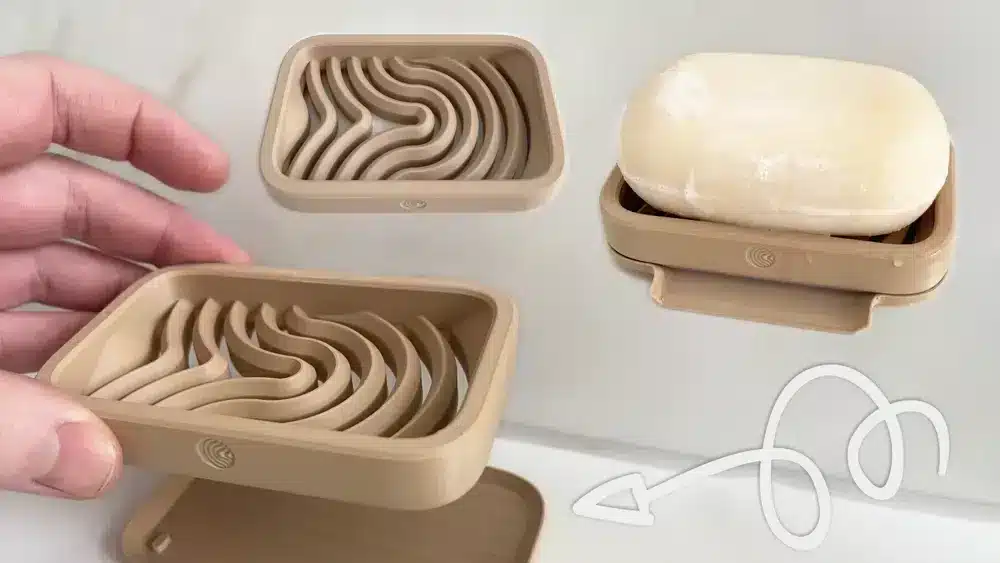
Overview of 3D Printed Bathroom Accessories
3D printing offers a direct way to upgrade your bathroom with functional and decorative items made exactly to your specifications. You can create custom holders, racks, and decor with minimal waste, using materials suited for wet and humid spaces.
Types of 3D Printed Bathroom Accessories
You can 3D print a broad range of bathroom accessories, from everyday essentials to organizational tools. Common items include:
- Toothbrush holders
- Soap dishes
- Shower-head mounts
- Towel hooks
- Storage racks
In addition to essentials, you may also find fixtures like toilet paper holders, razor stands, and drawer organizers. Many designs are modular, letting you quickly add or swap out parts as needed.
Customized decor is another popular option. You can design wall art, personalized labels, or themed organizers for kids. Some users print replacement parts, like knobs or small brackets, to repair broken bathroom items. Designs can be as simple or complex as your printer allows, and free printable files are widely available online.
Benefits of Using 3D Printed Bathroom Decor
One of the main advantages of 3D printed bathroom accessories is customization. You can adjust the size, color, and fit of each item to maximize your space or match your style.
Printing on demand reduces packaging, transportation, and storage waste. This is an eco-friendly alternative to buying mass-produced plastic goods. Many printable models are designed to use less material, specifically to minimize waste.
If you need a replacement or an extra item, 3D printing lets you have it within hours, rather than waiting for shipping or searching for specialty parts locally. This can save you both time and money.
Materials Commonly Used for 3D Printing Bathroom Items
Material choice matters in the bathroom due to moisture and temperature changes. The most widely used filaments include:
| Material | Properties | Suitability |
|---|---|---|
| PLA | Easy to print, less water resistant | Less ideal, short-term |
| PETG | Good moisture and chemical resistance | Very suitable |
| ABS | Tough, heat resistant, more durable | Suitable, but tricky |
| ASA | UV and moisture resistant | Excellent |
For permanent fixtures, PETG and ASA filaments perform well against humidity and cleaning agents. If you want something biodegradable, PLA can work for non-essential decor but won’t last as long in damp conditions. Select a material that matches the environment and use of each accessory for best results.
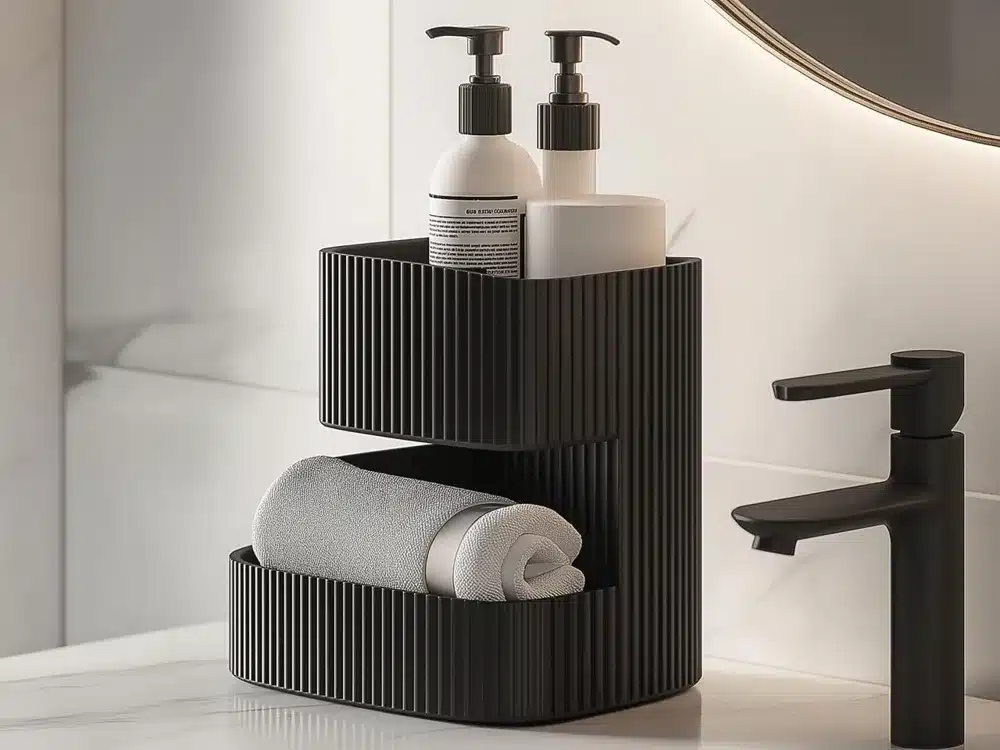
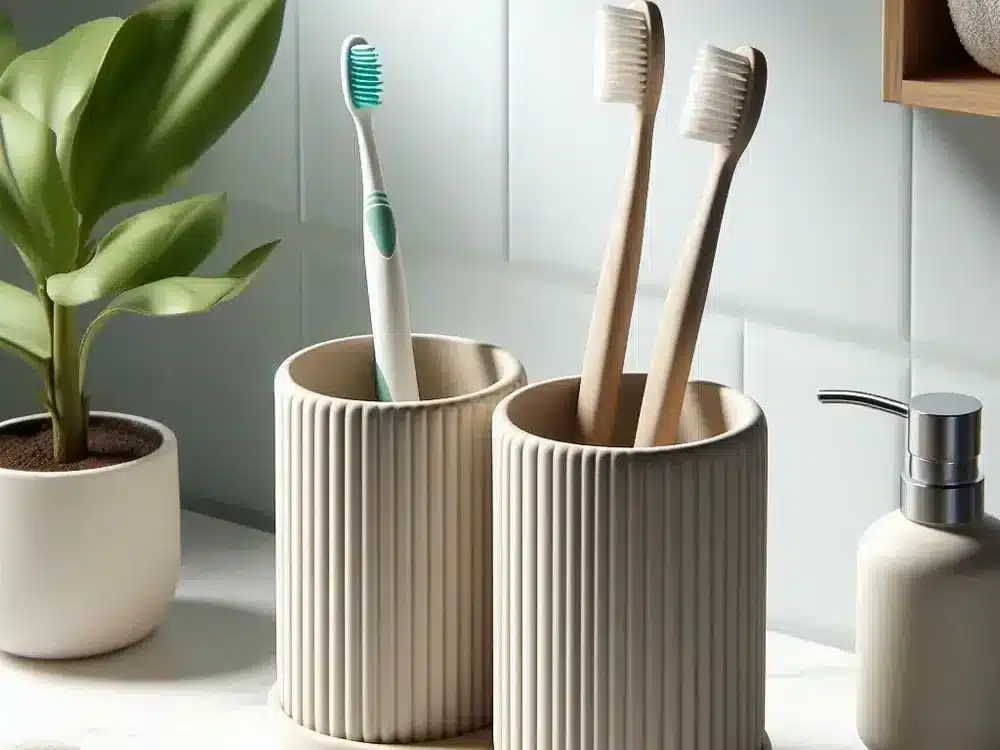
Popular 3D Printed Bathroom Accessories
Modern 3D printing lets you create highly functional and tailored accessories, from clever storage solutions to practical everyday items. With the right designs, you can improve use of space and organization in your bathroom.
Soap Dishes and Holders
Soap dishes are one of the most common bathroom accessories to 3D print. You’ll find a wide range of designs that help keep your soap dry, stop soggy residue, and minimize mess on your countertops.
Look for soap dishes with drainage slots or raised patterns. These features allow water to drain quickly and air to circulate, which extends the life of your soap. Some models include detachable trays for easy cleaning or wall-mount options to save space.
Soap holders can also be designed to fit into small corners or fit onto flat shower walls. You can customize shapes, sizes, and even add anti-slip feet. Popular filaments for printing include PLA for design variety and PETG for better moisture resistance. If you want a coordinated look, you can print dishes in colors that match your other accessories.
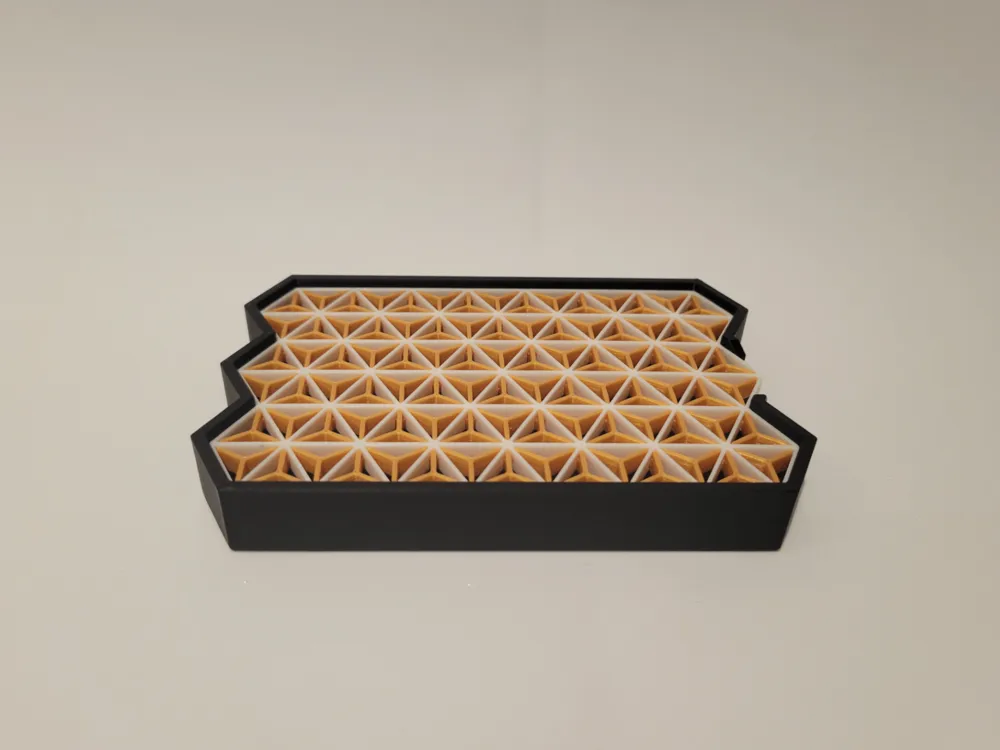
https://makerworld.com/en/models/1548040-kumiko-soap-dish?from=search#profileId-1625672
Toothbrush Holders
Toothbrush holders benefit greatly from customization, letting you create organizers that match both your family size and your sink layout. Basic holders typically offer separated slots for each brush, which keeps them upright and prevents cross-contamination.
Some models include integrated toothpaste holders or drip trays. Wall-mounted options free up valuable counter space, while freestanding versions can be perforated for drainage. If you share a bathroom, it’s possible to personalize each slot with initials or symbols.
Consider closed designs to protect brushes from splashes, or open-frame styles for faster drying. Print with PETG or ABS for durability in damp environments. For added stability, anti-slip bases and weighted bottoms are useful features you can include in the 3D model.
Towel Hooks and Racks
3D printing towel hooks and racks gives you excellent control over size, quantity, and placement. Many designs include strong, reinforced mounting points to handle wet towels without bending or breaking.
Wall hooks can be printed in simple single-hook forms or grouped into multi-hook configurations. Some popular options have wide, rounded ends to prevent towel snags or slipping. Racks can be designed as compact bars or even foldable systems to fit narrow spaces.
Adhesive backings or screw mounts can be integrated based on where you want to install them. PETG is a good filament choice here for moisture resistance and strength. Custom shapes or fun motifs can make these accessories blend in or stand out in your décor.
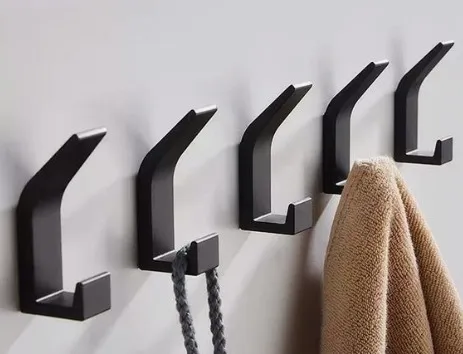
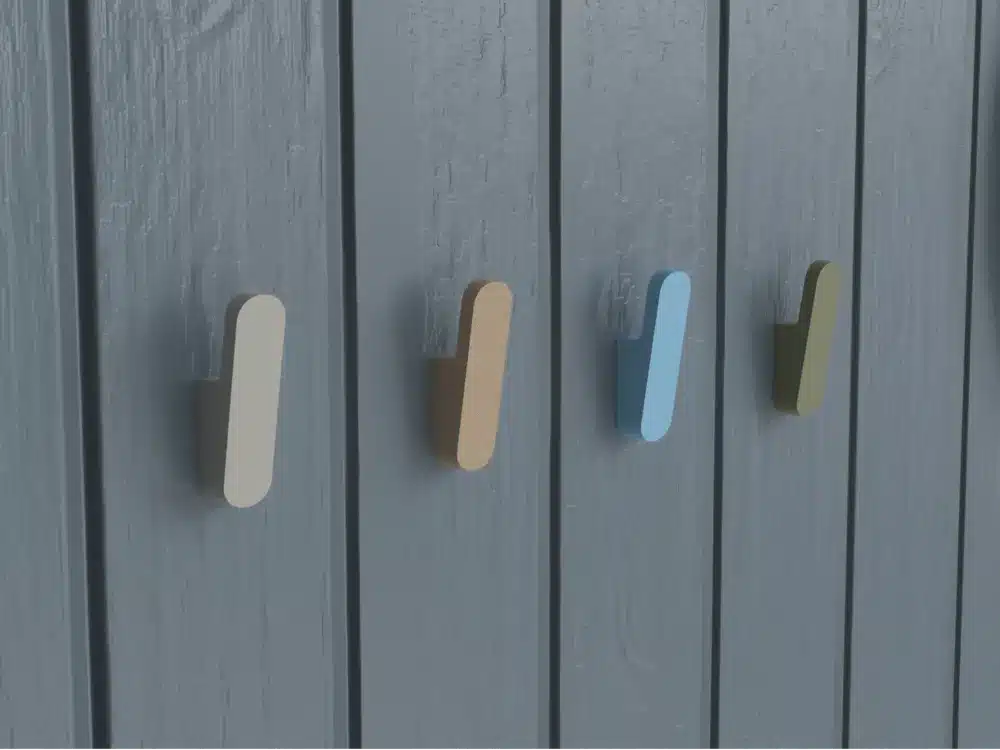
Designing Custom Bathroom Accessories
For effective 3D-printed bathroom accessories, careful model selection, thoughtful personalization, and attention to durability are essential. You can streamline organization, match decor, and create solutions unique to your available space and needs.
Choosing the Right 3D Model for Your Space
Selecting the best 3D model starts with identifying the specific function you need—such as a toothbrush holder, soap dish, or towel hook. Measure your available surfaces and storage spots to ensure the accessory will fit comfortably.
Many websites, like Printables.com and Yeggi, offer thousands of downloadable bathroom accessory models in STL format. Before downloading, check the model’s dimensions and read user comments to avoid sizing or compatibility issues. Prioritize models designed for sturdy shapes and easy mounting.
Evaluate practical features such as drainage slots or wall-mounting options. Consider whether you prefer minimalist designs for a modern look or modular accessories that combine several functions in one.

Personalization Options
You can customize 3D-printed bathroom accessories to fit your decor and daily habits. Most design files allow changes in color, size, and even adding text, so you can print accessories that coordinate with your palette or feature your initials.
Common personalization options include:
- Custom text: Add names, patterns, or symbols directly in the design software.
- Modular designs: Adapt holders to fit electric toothbrushes, razors, or larger soap bars.
- Color choice: Pick filaments that match existing tiles, walls, or fixtures.
Simple tweaks like increasing the height of a toothbrush stand or widening a soap tray can make daily use more convenient. Take measurements from your countertop and personal items to guide your modifications.
Design Tips for Water Resistance
Bathrooms are humid and regularly exposed to water, so choose your materials and model features with care. Use filaments known for water resistance, such as PETG or ABS, instead of PLA, which can degrade under prolonged moisture.
Incorporate drainage channels, holes, or sloped surfaces into your models to help water escape and prevent buildup. Avoid sharp internal corners where water or soap can collect.
Apply a clear waterproof sealant after printing to improve longevity and cleanliness. When mounting accessories near sinks or in showers, use robust adhesives or mounting holes for screws to keep them secure over time.
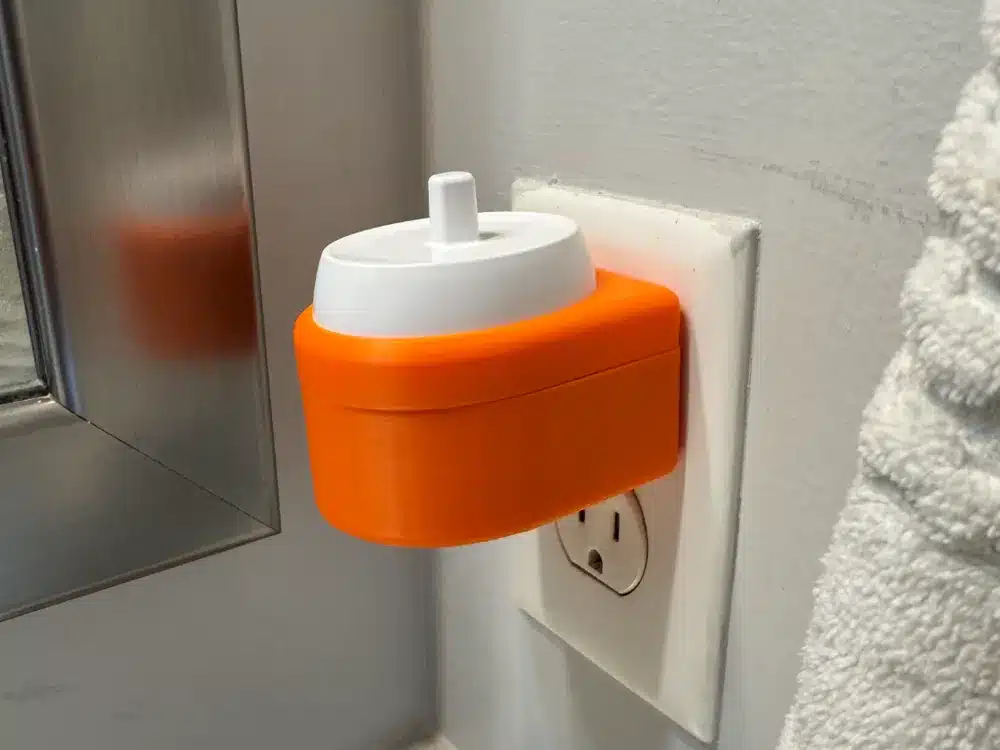
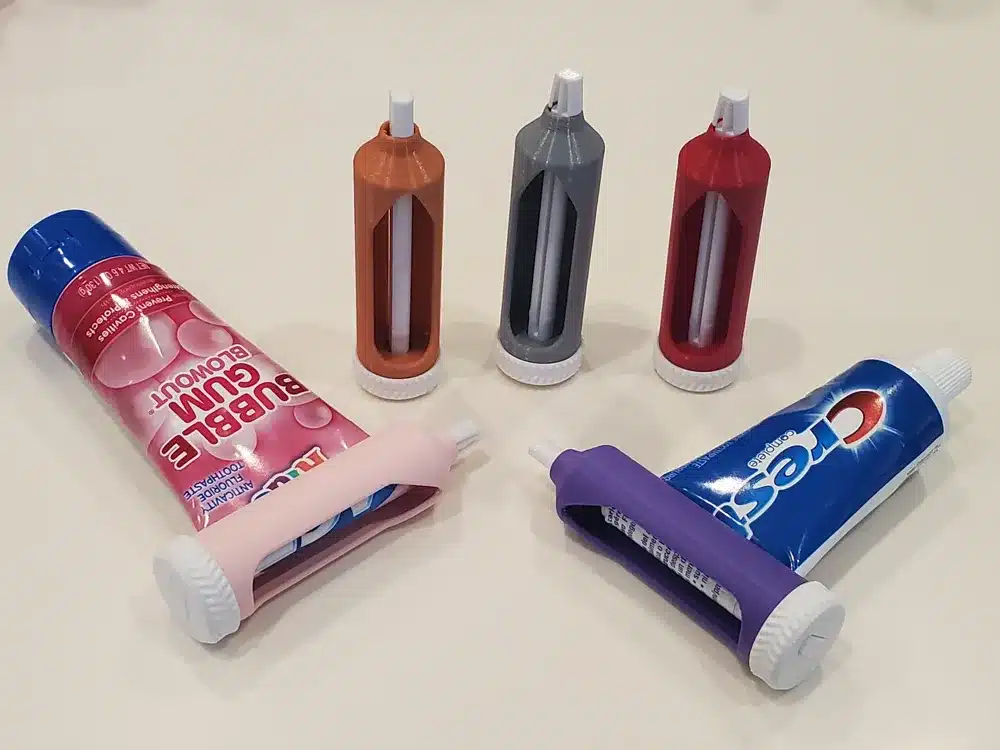
Printing and Post-Processing Considerations
Choosing the right printer settings and post-processing techniques is crucial for creating functional, long-lasting 3D printed bathroom accessories. Factors like durability, water resistance, and ease of cleaning depend heavily on your approach both during and after printing.
Printer Settings for Durable Bathroom Items
Use materials that are resistant to humidity and water, such as PETG, ABS, or ASA. PLA is generally not recommended for bathroom accessories, as it is more prone to warping and degrading with moisture.
Set infill between 40-100% for parts that need to hold weight, such as shower caddies or soap dishes. Increase perimeters/shells to at least 3–4 lines for added strength.
Layer height impacts detail and durability; use 0.2 mm for balance. Enable adequate bed adhesion to avoid warping, especially on larger items. Print with higher extrusion temperatures for ABS and PETG to prevent layer separation.
A table of suggested settings:
| Parameter | Recommendation |
|---|---|
| Material | PETG, ABS, ASA |
| Infill (%) | 40–100 |
| Shells/Perimeters | 3–4 |
| Layer Height | 0.2 mm |
| Bed Adhesion | High |
Keep printer maintenance up-to-date to avoid print defects that can affect moisture resistance.
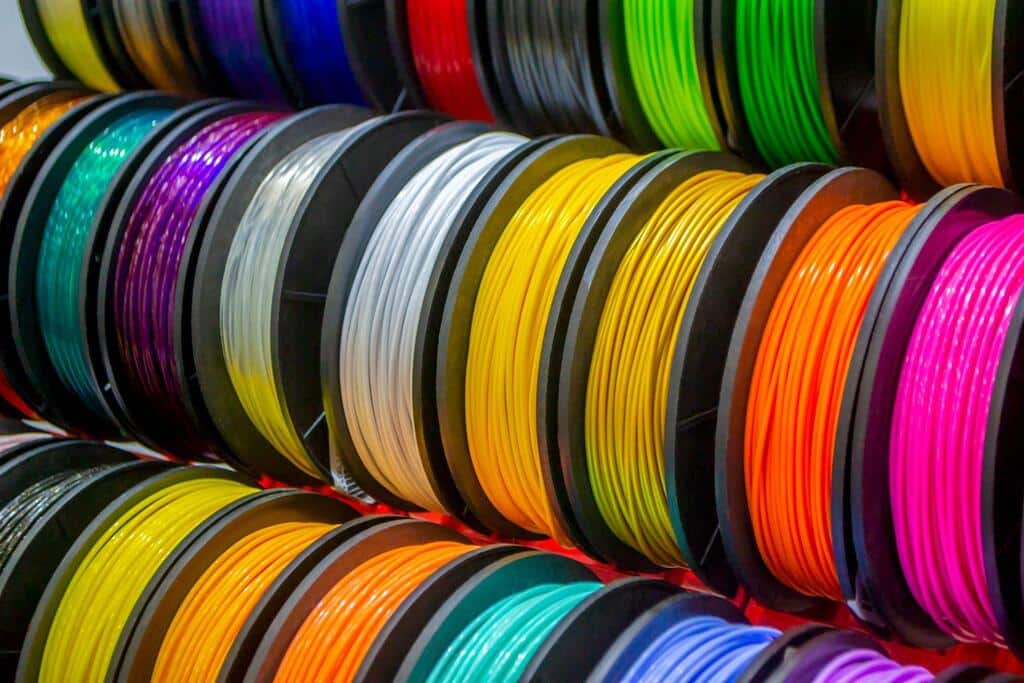
Surface Finishing for Moisture Protection
Proper post-processing prevents water from seeping into printed parts. Sand any surfaces that will come into direct contact with water to remove layer lines and potential crevices.
Apply a waterproof sealant, such as epoxy resin or specialized clear coats, to protect porous areas. This is especially important for FDM prints, which have microscopic gaps between layers.
For a smoother finish and improved cleaning, use wet sanding with progressively finer grits, then wipe clean. If you print with ABS, consider acetone vapor smoothing to further seal the surface.
Some parts may require multiple coats of sealant for best results. Always check the chemical compatibility of finishes with your chosen filament to avoid warping or discoloration.
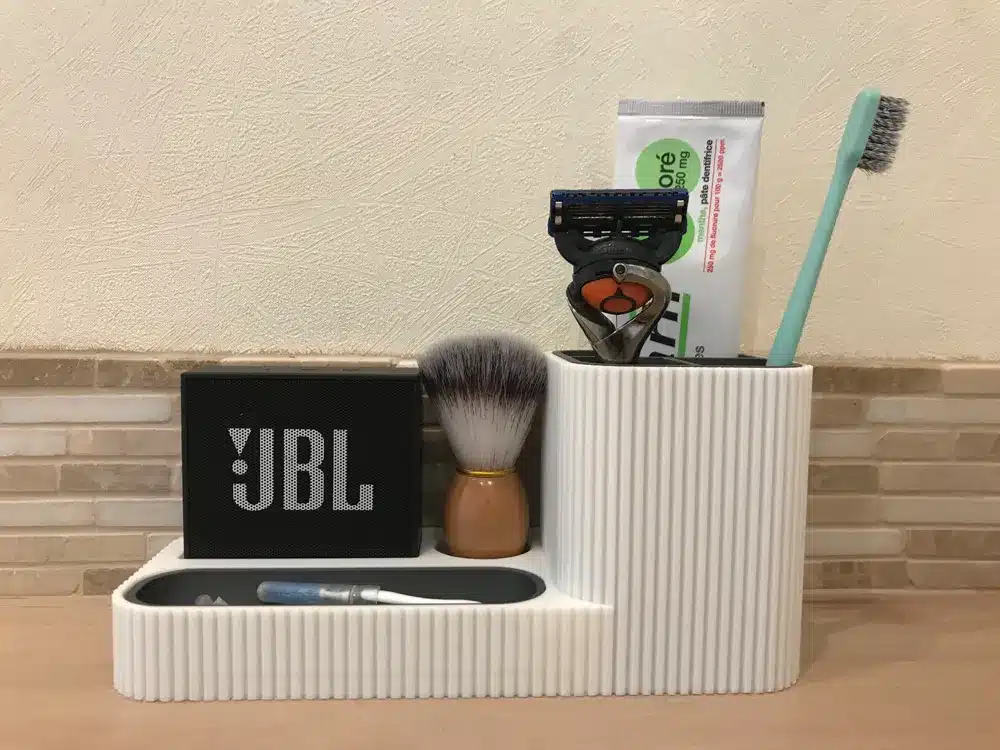
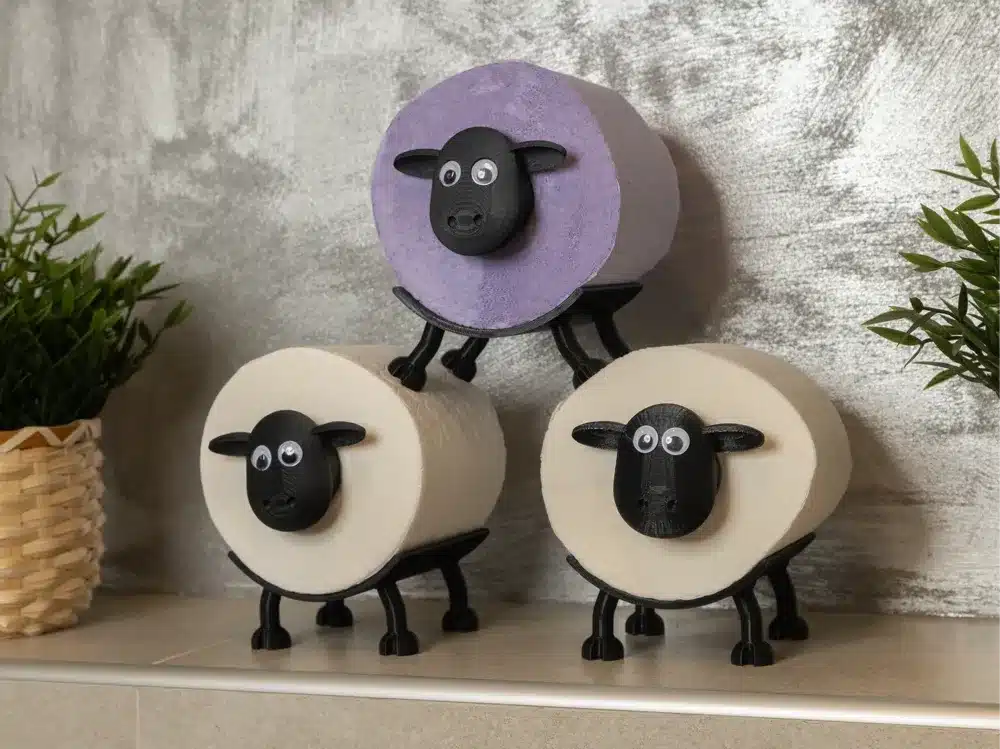
Integrating 3D Printed Accessories Into Bathroom Decor
3D printed accessories let you tailor your bathroom with precision. You gain control over details like colors, materials, and how items are installed or used.
Style Coordination and Color Matching
3D printing gives you direct control over the design of each accessory, allowing for a cohesive bathroom look. You can select models that match the lines, shapes, or overall theme in your bathroom—such as modern, minimalist, or classic styles.
For color coordination, choose filament that matches or complements your existing fixtures. Many filaments come in a wide array of shades, textures (such as matte or gloss), and even specialty finishes like metallic or marble. Printed holders, soap dishes, and organizers can be tailored to fit specific areas and coordinate with tile, countertops, or towels.
A quick tip: Use accent colors for small accessories to introduce visual interest without overwhelming the space. Keeping the main items in neutral or matching tones will help everything blend seamlessly.
Installation and Mounting Methods
Installation methods for 3D printed bathroom accessories vary to fit different needs. Some items, like soap dishes or trays, simply rest on the sink or shelf. For items such as toothbrush holders, hooks, or shelves, you’ll often find models designed with predefined mounting holes or brackets.
Common mounting options include:
- Adhesive strips: Simple to use, leaves no holes, ideal for renters.
- Screw mounting: Provides strong, long-term support for heavier items.
- Suction cups: Good for smooth tiles or glass; allow easy repositioning.
When choosing a mounting method, check the accessory’s weight and the surface material. Always use waterproof materials or seal prints, since bathroom environments are often humid.
- 6shares
- Facebook0
- Pinterest6
- Twitter0
- Reddit0








